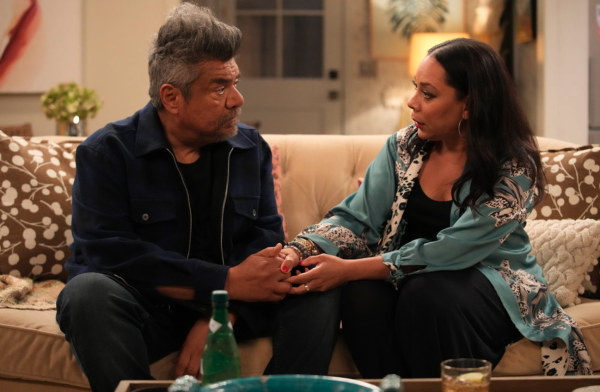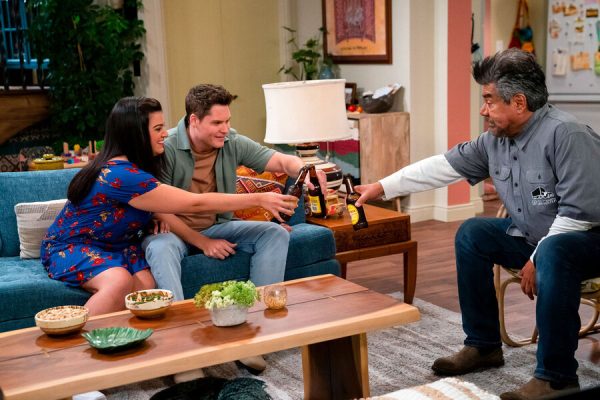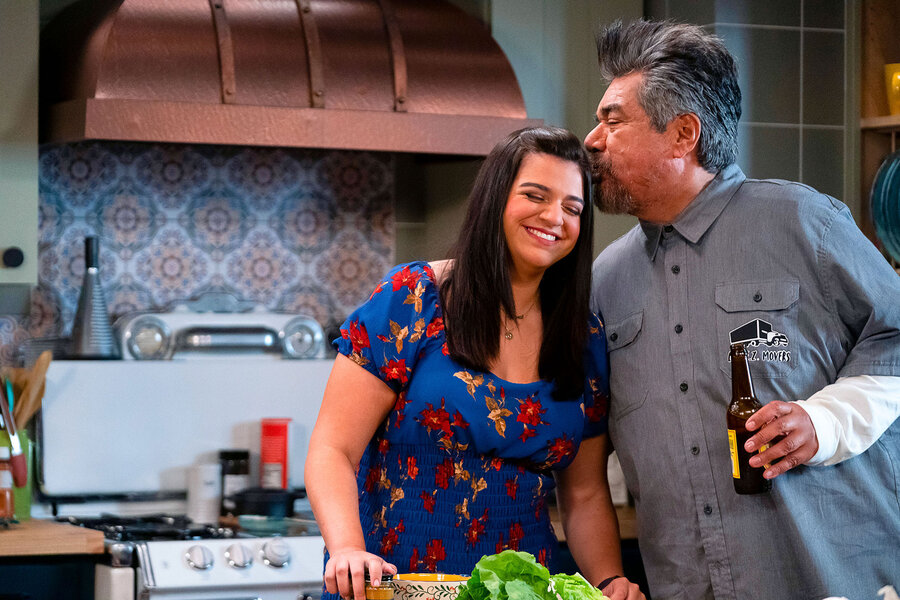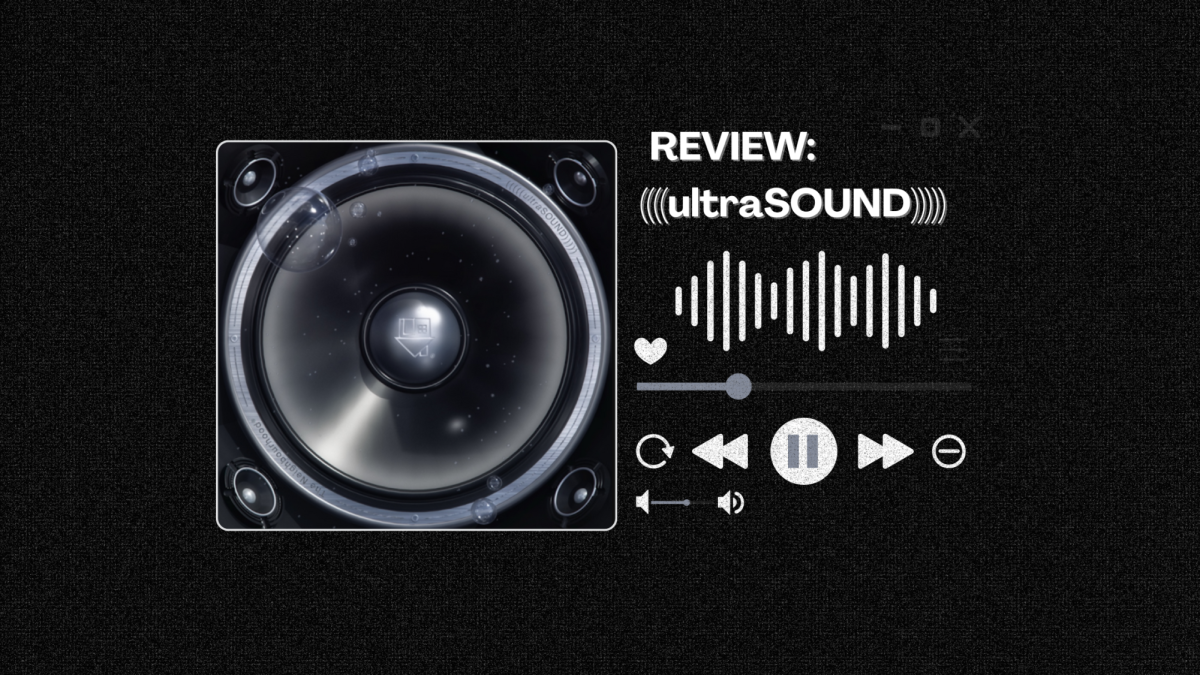Editor’s Note: The usage of Hispanic, Latino/a/e/x and Chicano/a/e/x is in accordance with the preference and language of the sources and/or organizations included in this story.
The generations that grew up in the early 2000s watching Nickelodeon on TV probably have a shared memory of being woken up in the middle of the night by the “George Lopez” sitcom theme song, “Low Rider.”
After 20 years, George appeared on NBC in his newest sitcom “Lopez vs Lopez” based on his real life experience surrounding his divorce and his estrangement from his only daughter, Mayan Lopez.
While shooting season four of “George Lopez,” George was diagnosed with chronic kidney disease, and in 2005 he was told he would need to undergo a kidney transplant, which he revealed in his Latino King of Comedy stand-up show.
After his former wife and the mother of his only child, Ann Serrano, generously donated her kidney to him, the world was shocked when George and Serrano filed for divorce. George and his daughter spent many years not speaking after the divorce was finalized in 2011.
Still, George made an effort to slowly rekindle his relationship with his daughter and was able to make amends with her and his ex-wife before and during the pandemic.
RELATED: ‘My Big Fat Greek Wedding 3’ brings family together
Netflix recently added “Lopez vs Lopez” to the streaming platform, which follows Mayan Lopez, played by herself, as she explores the rekindling of her relationship with George after not speaking to him for years, following the divorce of her parents. The show also features amazing guest stars who make short appearances such as Rita Moreno, Cheech Marin, Danny Trejo and even Snoop Dogg.
The show follows George after he asks to live with Mayan after his moving company, “Lop E. Z.” (pronounced lope-easy), goes bankrupt.
The 22 episodes take place in Mayan Lopez’s home, displaying a Latinx upbringing. The show cracks relatable jokes like Latinx parents not believing in mental illnesses, while diving into deeper conversations about Latinx families’ struggles with generational trauma affecting life inside and outside of the home.

Mayan Lopez is a veterinarian, who has a son named Chance with her white boyfriend Quinten, played by Matt Shively, who George jokes is not Chance’s father because he is white.
However, Quinten is very involved with the cultural aspects of their family life. He knows more Spanish than Mayan Lopez and in the Christmas episode, there is a hilarious montage of him making tamales with George’s best friend Oscar, who is played by Al Madrigal.
George teasing Quinten about his whiteness is the perfect representation of how older Latinx generations react to their children forming relationships with people of different ethnicities.
Mayan Lopez’s mother Rosie, played by Selenis Leyva, also makes several appearances as she learns how to accept George back into her life and discovers how the divorce affected the upbringing of her daughter.
In episode 20, Rosie feels ready to sell her wedding ring, however George wants the money for himself. They both decide to take the situation to “Corte Caliente,” a TV court show where participants take their cases to Judge Justicia.
This is a nod to a real life court show called “Caso Cerrado” in which Cuban-American lawyer, Ana María Polo, dissects dramatic cases brought by participants and is widely beloved by the Latinx community, especially older generations.

Another hilarious and relatable scene comes from episode 13. Mayan Lopez asks George to babysit Chance and since Rosie and Mayan Lopez find George unreliable, they ask their Tía Daisy to help George babysit.
When Tía Daisy arrives, she demands George to take her to the department store, Ross, because they are having a sale. This joke alludes to the shared experience that many Latinx people were dragged by their mothers to Ross for hours when they were younger.
When they arrive, George and Tía Daisy lose Chance after he walks inside of a clothing rack that he cannot escape from. He becomes trapped by a fictional character named Ross-ie la Reina de Ross, or Ross-ie the queen of Ross, who does not allow him to leave the clothing rack. Many Latinx youth can remember getting in trouble for hiding inside clothing racks at department stores.
In many ways, “Lopez vs Lopez” is very similar to his original sitcom “George Lopez” in terms of the comedic aspects. Even in the Christmas episode, when the original “George Lopez” cast appeared as guest stars, Ernie, George’s best friend in “George Lopez,” and Oscar, George’s best friend in “Lopez vs Lopez,” have a feud because they are basically the same character in different shows.
However, “Lopez vs Lopez” shows a more authentic side of George Lopez as a person. In “George Lopez,” George hides many of his real life issues from the audience, such as his health problems with his kidney, but in “Lopez vs Lopez,” George lays out all of his personal struggles for the world to see.
Despite the show focusing on his affair and his relationship with his daughter, George also talks about his struggles with alcoholism, another aspect of the show that many Latinx families can relate to.
Episode 22, the final episode of the season, addresses George’s alcoholism. During the episode, George blacks out on a neighbor’s porch after coming home from a bar. The next day, Mayan tricks George into seeing a doctor to convince him to cut back on his drinking.
When that fails, the entire family holds an intervention in which Mayan, Quinten and his ex-wife Rosie write heartfelt letters explaining how much they care for George, but are concerned about his drinking.
These authenticities not only paint George in a different light after all of his scandals, but adds to the charm of what makes “Lopez vs Lopez” comical, comforting and entertaining to watch.


































































































































